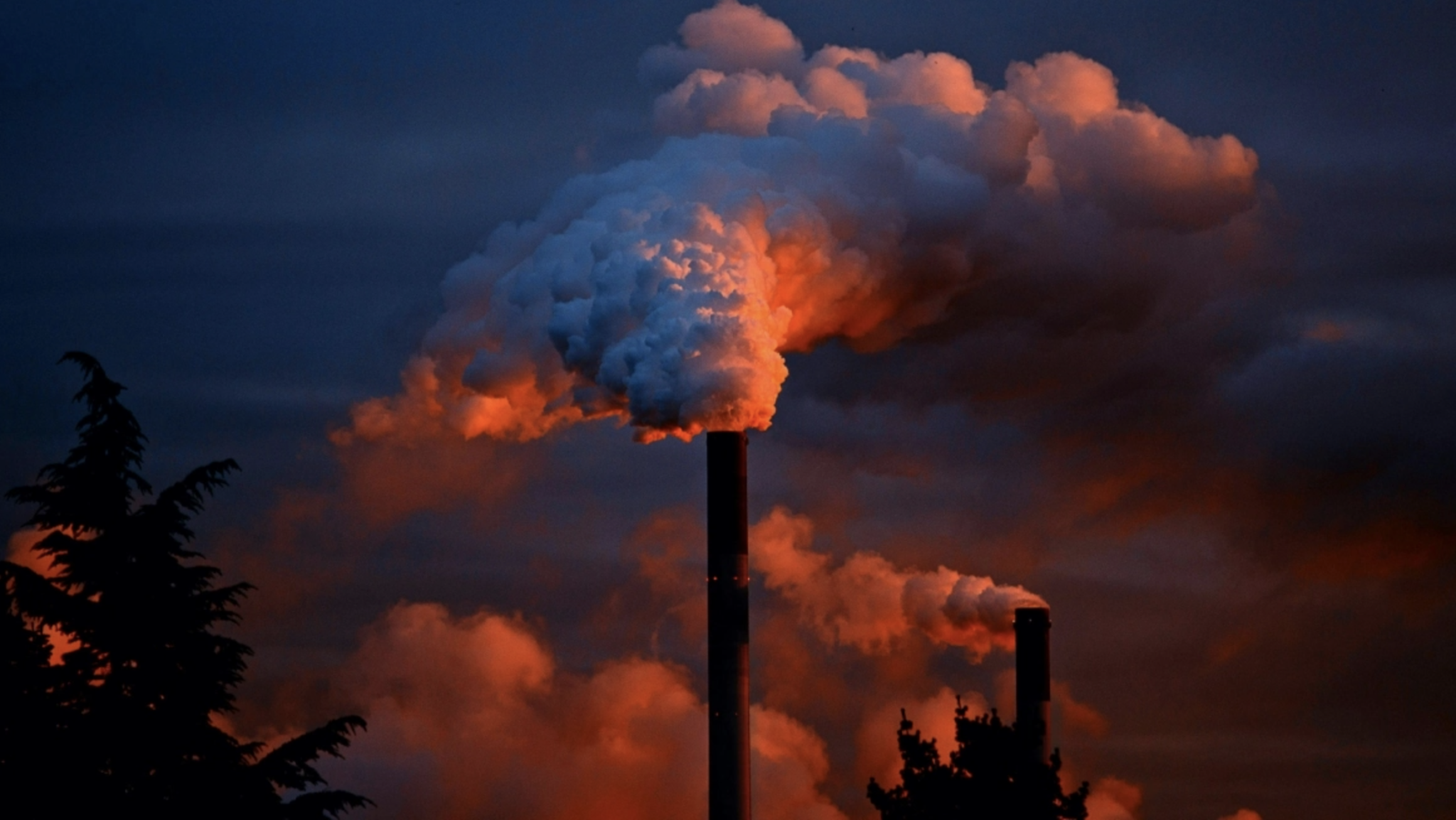More than 7 per cent of all deaths in India’s top ten cities are linked to air pollution, according to a wide-ranging study released today leading scientists to call for saving tens of thousands of lives annually.
Smog-plagued Indian cities, including the capital New Delhi, are among the world’s top cities in terms of air pollution.
For the purposes of the new study, a team led by Indian scientists examined the levels of cancer-causing microparticles, known as PM2.5, in the cities of Ahmedabad, Bengaluru, Chennai, Delhi, Hyderabad, Kolkata, Mumbai, Pune, Shimla and Varanasi.
From 2008 to 2019 more than 33,000 deaths per year can be attributed to PM2.5 exposure, at a level higher than the permissible level of 15 micrograms per cubic meter based on World Health Organization (WHO) recommendations.
This corresponds to 7.2% of the recorded deaths in these cities during that period, according to the study published in the journal The Lancet Planetary Health.
The worst situation was seen in the capital New Delhi with 12,000 annual deaths, or 11.5% of the total number of deaths, attributed to air pollution.
Close
But even in cities where air pollution is not considered as severe, such as Mumbai, Kolkata and Chennai, death rates are high, the researchers point out, calling for tightening of regulations related to air quality.
The current recommendation in the country is 60 micrograms of PM2.5 per cubic metre, which is four times higher than the WHO recommendations.
Reducing and enforcing the limit “would save tens of thousands of lives annually,” commented one of the study’s authors, Joel Schwartz, of Harvard University.
According to the WHO, almost every person on the planet inhales more than the permitted amount of air pollution, which can cause stroke, heart disease, lung cancer and other respiratory diseases.
Ask me anything
Explore related questions





